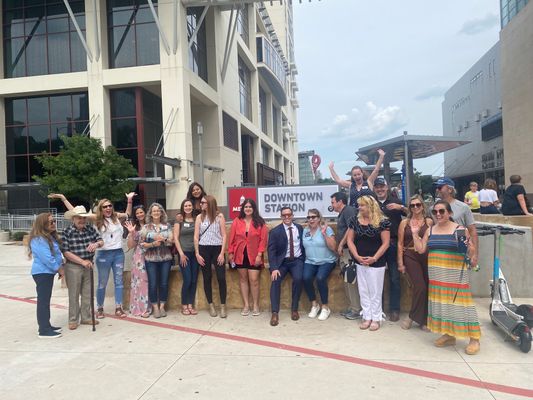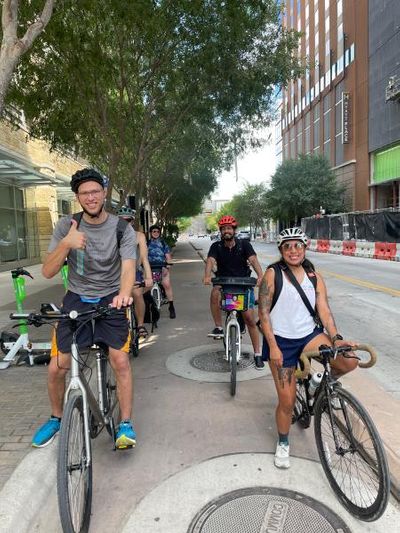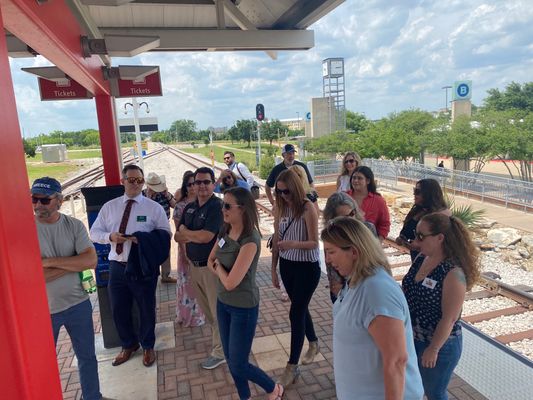Mobility Camps are designed to give Central Texans a fun, hands-on learning experience with active and shared transportation, and ultimately to reduce the number of drive-alone commutes. If you think it's a good activity for your group or organization, we can work together to organize a Mobility Camp to an off-site location.
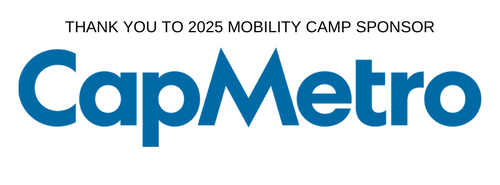
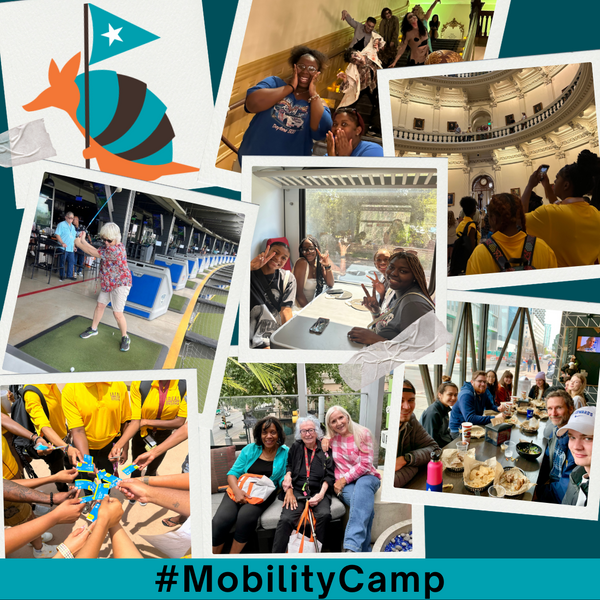
What to Expect
When you join a Mobility Camp, either through a private group or a community event, you will receive information about where to meet and an itinerary. Movability staff will meet the group at the designated starting point and give you any passes and information you'll need for the outing. Mobility Camp trips might use a bus, commuter rail, bikes, or micromobility as part of the outing - details about each Mobility Camp will be part of the registration information so you'll know what to expect when you arrive.
Movability staff will guide your group on the trip and give you helpful information as you make your way to the destination. Mobility Camps can be customized for each group, and can take participants to movies, festivals, restaurants, museums, sporting events, and more!
Once you arrive at your destination, your group will be free to enjoy the activity or venue at your pace, and choose when to return. Movability staff will be available to answer questions.
What’s Involved?
Groups of 10 – 40 people are the perfect fit for hosting a Mobility Camp! If you have an audience of that size, Movability can work with you to coordinate a Mobility Camp and will:
- Schedule a meeting to discuss potential trips, dates and times that will work for you
- Create an online, event registration form
- Offer free Day Passes to all participants
- Distribute a Return Trip Itinerary, so participants are prepared to stay late or leave early, if needed
- Attend and lead the outing, so your group has an experienced transit rider on the trip
What are the goals and objectives of the program?
The goal of Mobility Camps is to break the cycle of auto-dependence by achieving a 5% increase in transit ridership and a 5% reduction in single occupancy vehicle use among program participants. The program was created to apply the concepts of project-based learning to encourage active mode shifts. Project Based Learning is a teaching method in which participants gain knowledge and skills by investigating and responding to an authentic, engaging, and complex question, problem, or challenge. For example, to teach a student about robotics, the best practice is to design and build a working robot rather than to host a PowerPoint presentation about robotics. Rather than hosting “lunch & learn” sessions about transit, Movability asks organizations to “go to lunch and learn on the ride” as a means of helping people try transit and become familiar with regional transportation services, the benefits of transit and transit-priority lanes, trip planning, finding transit stops, using tickets, stopping a bus, and navigating the system via various wayfinding apps. Further, it provides them with a direct and positive association with using transit.
How can this program be transferred to other TDM programs in other locations?
Mobility Camps were conceived as an extension of the outreach work done at major employer campuses. Movability is frequently asked to host tables or make presentations at corporate and college campuses or at neighborhood association meetings to increase participation in transportation demand management (TDM) programs. Instead of focusing exclusively on these activities, agencies could add Mobility Camps as an active engagement opportunity. Some organizations immediately respond. Others respond after having seen a presentation that includes one or two examples of Mobility Camps hosted for other organizations. These activities can easily be absorbed – with no additional costs – within existing public relations, outreach or marketing departments by avoiding direct mail, new staff, program evaluation, admission fees and/or food expenses. At Movability, the program has been expanded to other markets, including higher education, senior centers, non-profit organizations, and neighborhood associations. The most time- and cost-effective audiences have been offices, higher education, and senior groups.
